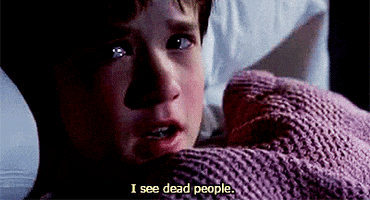Seen a few posts on other threads about reefscape and so called dead spots. Consensus of opinion seems to be they are a bad thing. However, although my reefscape are built off the sand I have never experienced issues with dead spots, no hydrogen sulfide for instance.
This got me thinking there must be dead spots on the reef after all arent most reefs built off the sand or deep down off many years of dead coral. Of course there is a lot more water to dilute things like hydrogen sulfide but does it exist in any quantity on the reef.
With my tank none of my rock, which is built off the sand, have flat bottoms so worms can still get under 90% plus of it I would imagine, I can't obviously measure that but makes sense to me.
I am not saying people here haven't had issues with hydrogen sulfide build up just that in all my years with many reef tanks I have never experienced such a problem.
OK so my sand is only 1.2"to 2" thick but my rock is still sitting on it with some probably on the glass bottom. Do I have detritus in my sand etc, hell yes of course, is it a problem, no not at all. I don't have any prefiltration at all. No filter wool, no roller mat and no filter wool. I do give the sand a blast from time to time but that's it.
This got me thinking there must be dead spots on the reef after all arent most reefs built off the sand or deep down off many years of dead coral. Of course there is a lot more water to dilute things like hydrogen sulfide but does it exist in any quantity on the reef.
With my tank none of my rock, which is built off the sand, have flat bottoms so worms can still get under 90% plus of it I would imagine, I can't obviously measure that but makes sense to me.
I am not saying people here haven't had issues with hydrogen sulfide build up just that in all my years with many reef tanks I have never experienced such a problem.
OK so my sand is only 1.2"to 2" thick but my rock is still sitting on it with some probably on the glass bottom. Do I have detritus in my sand etc, hell yes of course, is it a problem, no not at all. I don't have any prefiltration at all. No filter wool, no roller mat and no filter wool. I do give the sand a blast from time to time but that's it.















